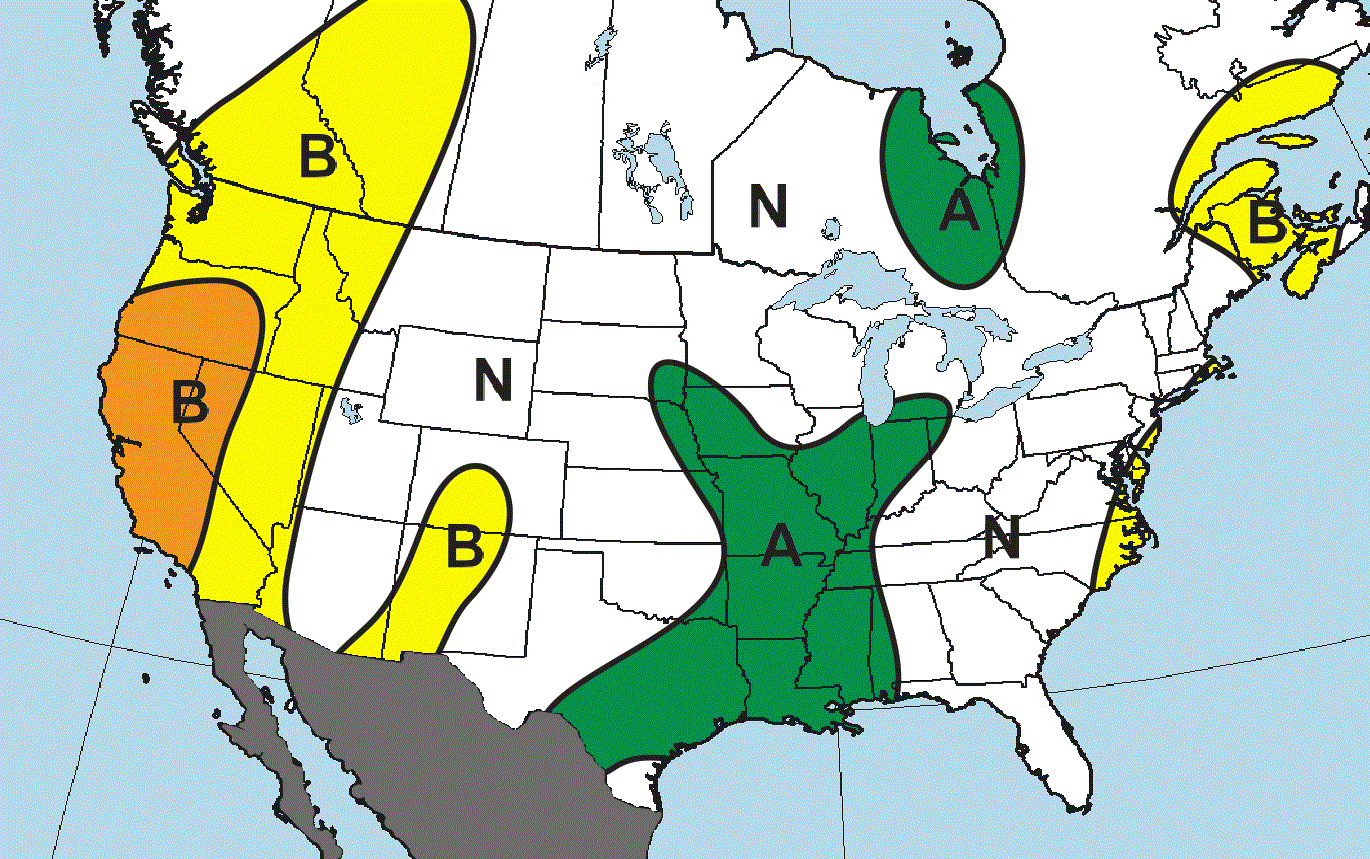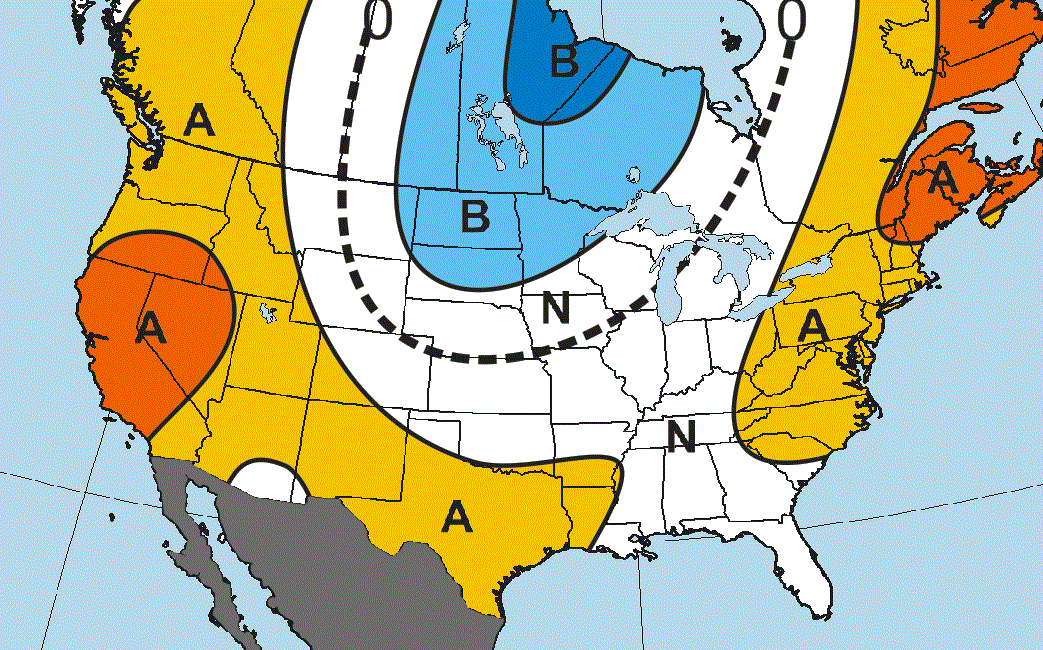About Your Fields July 30,
In this issue:
1. Field View
2. Soybean Aphids
3. What's Next
Field View
As we have been walking the fields in our trade territory here is what we are seeing out your fields:
Corn- The corn has gone through pollination and is showing high yield potential with over 80 percent of the crop rated at good to excellent by the ag statistics board. One of the concerns that we have is the presence of firing from the bottom of the plants a little bit earlier than normal. Programs that are light on nitrogen applications could show up this year. Another concern that we have is the amount of disease that has shown up this season. Gray leafspot was present early in those hybrids that would be considered a "racehorse" or high yield potential, but as time has gone on the more defensive hybrids are being affected also. Growers who did not use fungicide may pay the price this year. And the final area of concern that we have that could play the biggest role in a high yield corn crop is rainfall. Even though we are rated over 80% good to excellent, we still need a couple of rains to help fill the ears out. If we do not get these rains kernel depth could be affected, and if we have shallow kernels we lose a lot of weight.
Soybeans- The latest crop condition report has the state's soybean crop at 78% rated good to excellent. On July 24th, the University of Illinois Crop Bulletin published an article by Emerson Nafziger titled:
Is the 2018 soybean crop as good as it looks?
where he looked at the correlation of crop ratings in late July versus harvested yield. In the article Dr. Nafziger states that if the crop is rated highly at this time of the year we can generally see good yields in the fall. The main factor that could hamper this is a lack of rainfall in the month of August. If you look at the most recent forecast map for the month of August put out by Radiant Solutions, a weather service that Akron subscribes to, it shows that we should have average temperature and precipitation for August.


August 2018 Precipitation Forecast Map August 2018 Temperature Forecast Map
This could change however as we enter the month a little on the dry side for a large part of our area. One problem that could start to creep up in our soybean fields is insects. With dry weather insect damage could show up more and more in our fields. While I feel that we are probably out of the widow for suffering damage from Japanese beetles, we could still see soybean aphids or if it gets extremely dry spider mites. When looking at fields as I drive around one common denominator that I observe is that fields where the roadsides are kept mowed up, more damage from feeding is present on the edges. If it remains dry it might not be a good idea to keep the roads mowed as this will drive insects into the field looking for food. Looking at the weather forecasts I feel that we have the potential for problems from aphids more that spider mites. I will discuss aphids later in another article in this newsletter. I am not saying we are definitely going to have aphids, but we have been seeing them out in some of the soybean fields.
Overall conclusions at this time is that we are set up for a very good harvest this fall. It might come earlier than we expected with the late planting time because of the amount of GDU's that we have accumulated. If we continue to get rain through August we should have good pod fill and kernel depth will keep corn yields up. If we have a dry August all is not lost, we just will not have a potential record-breaking crop this year.
Soybean Aphids
For those of you who do not remember these pesky insects, they first showed up about 14 years ago in our area. They were first spotted in 2000 by Lake Michigan and they have quickly spread to become a major soybean pest in the northern part of the United States. Here in central Illinois they are kind of a hit and miss pest, but when they are here they can cause some problems. They will first show up in late July to early August in the upper portions of the canopy. The aphids are a sucking insect that will leave behind a sooty sticky residue on the soybean leaves that can cause yield losses. Another potential problem from these insects is disease, They can transmit different viruses called mosaics (alfalfa, soybean and bean yellow) which could cause yield loss. Climate can have a huge effect on how fast they reproduce with an optimal temperature of mid 70's to mid80's. A slight decrease in rainfall could exacerbate their damage potential. In optimal conditions a new generation could develop in about 1.5 to 2 days. The good thing about these pests is that they are relatively easy to control. Once the population gets above 250 aphids per plant they can be controlled easily by a foliar insecticide treatment and usually only one spray is necessary. The hardest and most critical part in dealing with this potential pest is making sure you scout and detect them before they do damage. When we first encountered this insect, the economic threshold was set at 1000 per plant, but they reproduce so quickly that we could not spray acres quick enough to get ahead of them, that is why the threshold was lowered. If you are going to error it is better to do it early rather than wait too long to spray.
What's Next
If we do get a run of insects in soybeans during the month of August I would recommend that you add a biological compound to your mix. Adding a product like B-Sure will help your soybean plants overcome the stress inflicted on them by the insects. As you may have heard my talk about before mitigating stress is the name of the game when it comes to raising a crop. At $4.00 per acre you don't have to save much yield to get a positive return on this product. Last year in our trial we saw a 4.5-bushel advantage over the untreated check. If the plants are under stress the benefit could be even larger. If you have any questions give Kevin or Ben a call and we can discuss this product with you.